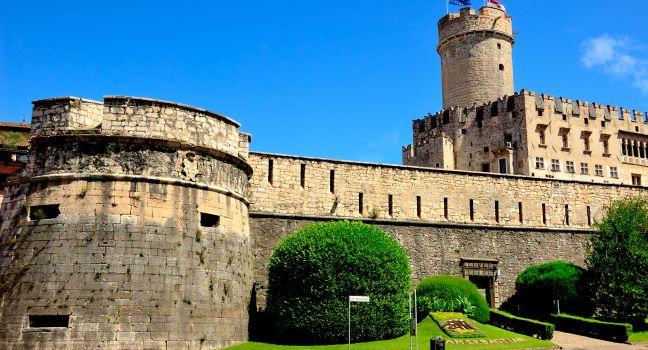Castel Trauttmansdorff
This Gothic castle was restored in the 19th century and now serves as a museum that celebrates more than 250 years of tourism in South Tyrol. But the real draw is the expansive garden, where exotic flora is organized by country of origin. The castle is about 2 km (1 mile) southeast of town on the Sentiero di Sissi; you can walk in about 45 minutes from the center of Merano on Sissi's Path, or take Bus No. 4 or 1B from the Merano train station.




